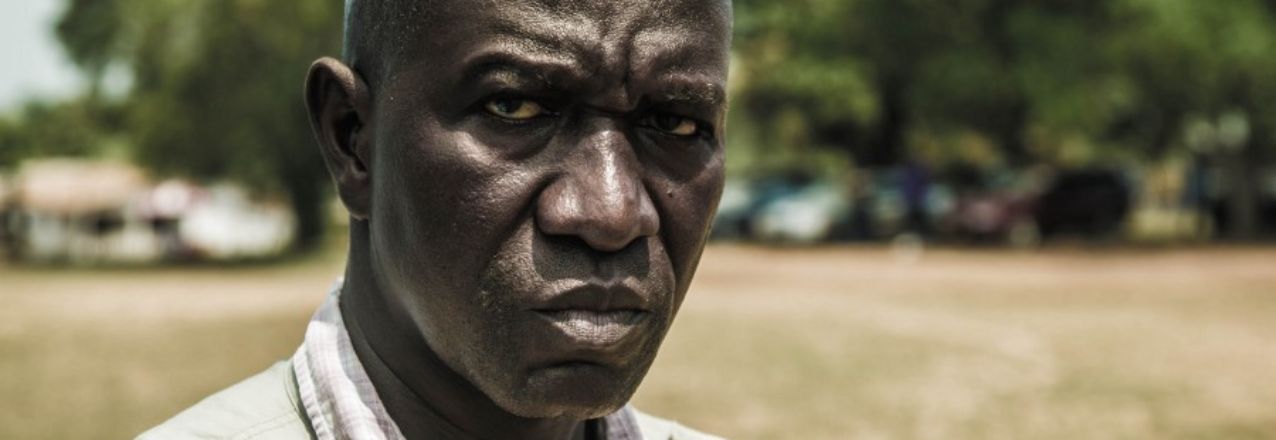Originally appeared on Medium.
When I arrived in Liberia six years ago, I was tasked with facilitating the development of the country’s first national land policy. Of the many reasons why such a policy was needed — improving the enabling environment for economic growth; advancing better land and resource management in a country rich in natural resources — none was more striking than the prevalence of land disputes. Virtually every single Liberian has been touched in some way by a land dispute. Although disputes over land and natural resources played an important role in the 14-year civil war that ended in 2003, today the majority of land disputes do not grab headlines. But they are nevertheless a source of real anxiety and insecurity. No one can be sure that their land is free of disputes without clear laws governing who can own what land and under what conditions. And clear laws and policies need to be complemented by an accurate and up-to-date land information system that can tell you with a reasonable degree of certainty who owns what pieces of land and where the boundaries are.
According to a 2008 survey, 59 percent of Liberians said that violent land conflicts arise ‘often’ or ‘always.’ And 62 percent said that land was the most important cause of violent conflict between communities. This is confirmed by 2013–2014 baseline data from USAID’s impact evaluation of a program to strengthen community land governance. That data showed that almost every community surveyed described an ongoing, protracted land dispute.
Read the full photo essay on Medium.


